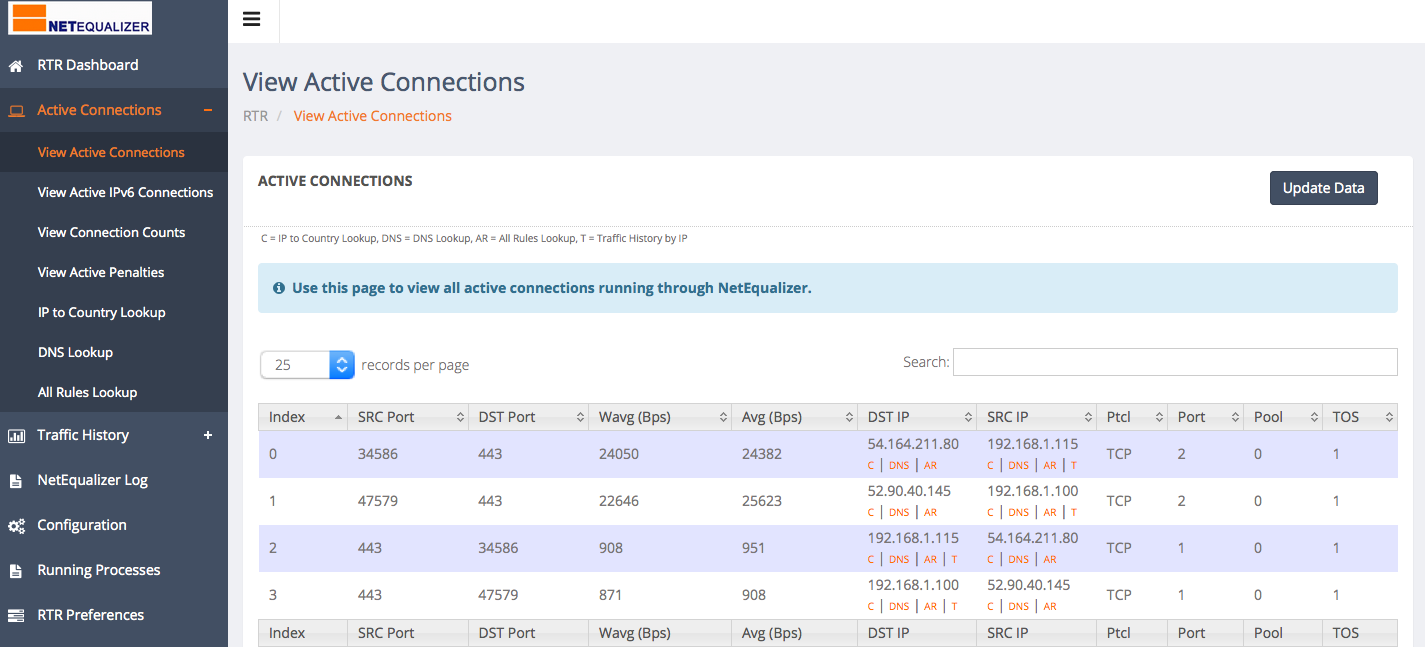 The rise of cloud computing has been a mixed bag for the bottom line of traditional network hardware manufacturers. Yes, there is business to be had by supplying the burgeoning cloud service providers with new hardware; however, as companies move their applications into the cloud, the elaborate WAN networks of yesteryear are slowly being phased out. The result is a decrease in sales of routers and switches, a dagger in the heart of the very growth engine that gave rise to the likes of Cisco, Juniper, and Adtran.
The rise of cloud computing has been a mixed bag for the bottom line of traditional network hardware manufacturers. Yes, there is business to be had by supplying the burgeoning cloud service providers with new hardware; however, as companies move their applications into the cloud, the elaborate WAN networks of yesteryear are slowly being phased out. The result is a decrease in sales of routers and switches, a dagger in the heart of the very growth engine that gave rise to the likes of Cisco, Juniper, and Adtran.
From a business perspective, we are pleasantly surprised to see an uptick in demand in the latter half of 2017 for bandwidth shapers. We expect this to continue on into 2018 and beyond.
Why are bandwidth shapers seeing an uptick in interest?
Prior to the rise of cloud computing , companies required large internal LAN network pipes, with relatively small connections to the Internet. As services move to the Cloud, the data that formerly traversed the local LAN is now being funneled out of the building through the pipe leading to the Internet. For the most part, companies realize this extra burden on their Internet connection and take action by buying more bandwidth. Purchasing bandwidth makes sense in markets where bandwidth is cheap, but is not always possible.
Companies are realizing they cannot afford to have gridlock into their Cloud. Network administrators understand that at any time an unanticipated spike in bandwidth demand could overwhelm their cloud connection. The ramifications of clogged cloud connections could be catastrophic to their business, especially as more business is performed online. Hence, we are getting preemptive inquiries about ensuring their cloud service will prioritize critical services across their Internet connection with a smart bandwidth shaper.
We are also getting inquiries from businesses that have fallen behind and are unable to upgrade their Internet pipe fast enough to keep up with Cloud demand. This cyclical pattern of upgrading/running out of bandwidth can be tempered by using a bandwidth shaper. As your network peaks, your bandwidth shaper can ensure that available resources are shared optimally, until you upgrade and have more bandwidth available.
Although moving to the Cloud seems to introduce a new paradigm, from the world of network optimization, the challenges are the same. Over the years we have always recommended a two-prong approach to optimization: 1) adequate bandwidth, and 2) bandwidth shaping. The reason for our recommendation continues to be the same. With bandwidth shaping, you are ensuring that you are best-positioned to handle peak traffic on your network. And now, more than ever, as business goes “online” and into the Cloud, and both your employees and your customers are on your network, bandwidth shaping is a prudent insurance policy to providing a great experience on your network.








Covid-19 and Increased Internet Usage
November 18, 2020 — netequalizerOur sympathies go out to everyone who has been impacted by Covid 19, whether you had it personally or it affected your family and friends. I personally lost a sister to Covid-19 complications back in May; hence I take this virus very seriously.
The question I ask myself now as we see a light at the end of the Covid-19 tunnel with the anticipated vaccines next month is, how has Covid-19 changed the IT landscape for us and our customers?
The biggest change that we have seen is Increased Internet Usage.
We have seen a 500 percent increase in NetEqualizer License upgrades over the past 6 months, which means that our customers are ramping up their circuits to ensure a work from home experience without interruption or outages. What we can’t tell for sure is whether or not these upgrades were more out of an abundance of caution, getting ahead of the curve, or if there was actually a significant increase in demand.
Without a doubt, home usage of Internet has increased, as consumers work from home on Zoom calls, watch more movies, and find ways to entertain themselves in a world where they are staying at home most of the time. Did this shift actually put more traffic on the average business office network where our bandwidth controllers normally reside? The knee jerk reaction would be yes of course, but I would argue not so fast. Let me lay out my logic here…
For one, with a group of people working remotely using the plethora of cloud-hosted collaboration applications such as Zoom, or Blackboard sharing, there is very little if any extra bandwidth burden back at the home office or campus. The additional cloud-based traffic from remote users will be pushed onto their residential ISP providers. On the other hand, organizations that did not transition services to the cloud will have their hands full handling the traffic from home users coming in over VPN into the office.
Higher Education usage is a slightly different animal. Let’s explore the three different cases as I see them for Higher Education.
#1) Everybody is Remote
In this instance it is highly unlikely there would be any increase in bandwidth usage at the campus itself. All of the Zoom or Microsoft Teams traffic would be shifted to the ISPs at the residences of students and teachers.
2) Teachers are On-Site and Students are Remote
For this we can do an approximation.
For each teacher sharing a room session you can estimate 2 to 8 megabits of consistent bandwidth load. Take a high school with 40 teachers on active Zoom calls, you could estimate a sustained 300 megabits dedicated to Zoom. With just a skeleton crew of teachers and no students in the building the Internet Capacity should hold as the students tend to eat up huge chunks of bandwidth which is no longer the case.
3) Mixed Remote and In-person Students
The one scenario that would stress existing infrastructure would be the case where students are on campus while at the same time classes are being broadcast remotely for the students who are unable to come to class in person. In this instance, you have close to the normal campus load plus all the Zoom or Microsoft Teams sessions emanating from the classrooms. To top it off these Zoom or Microsoft Team sessions are highly sensitive to latency and thus the institution cannot risk even a small amount of congestion as that would cause an interruption to all classes.
Prior to Covid-19, Internet congestion might interrupt a Skype conference call with the sales team to Europe, which is no laughing matter but a survivable disruption. Post Covid-19, an interruption in Internet communcation could potentially interrupt the entire organization, which is not tolerable.
In summary, it was probably wise for most institutions to beef up their IT infrastructure to handle more bandwidth. Even knowing in hindsight that in some cases, it may have not been needed on the campus or the office. Given the absolutely essential nature that Internet communication has played to keep Businesses and Higher Ed connected, it was not worth the risk of being caught with too little.
Stay tuned for a future article detailing the impact of Covid-19 on ISPs…
Share this: